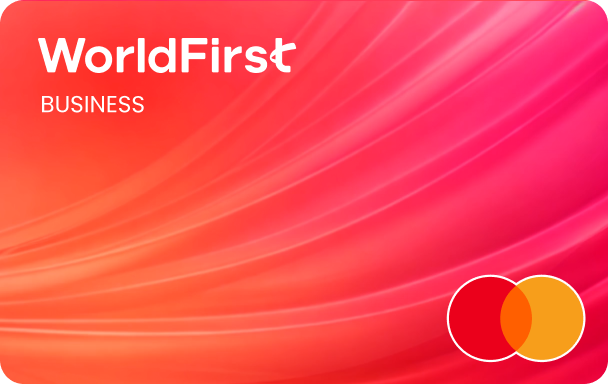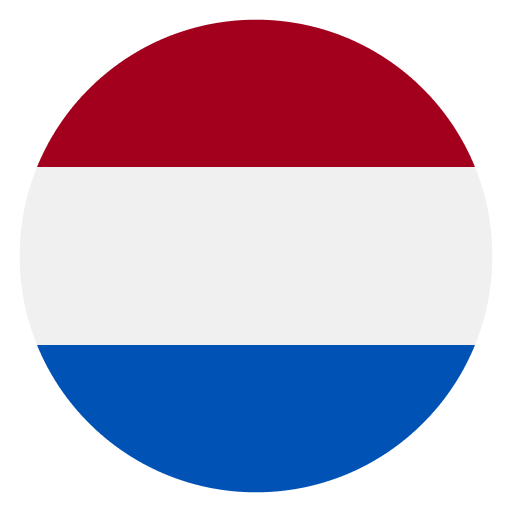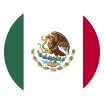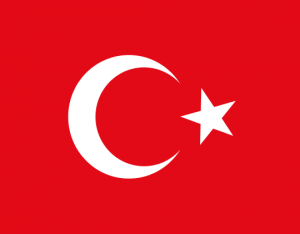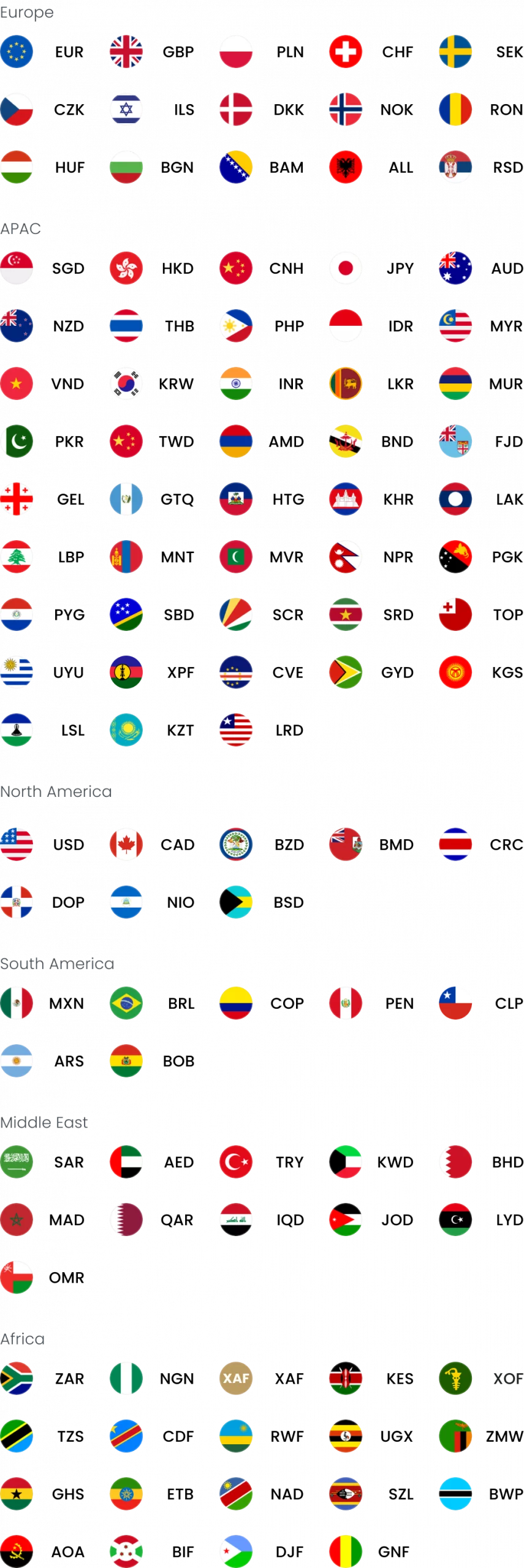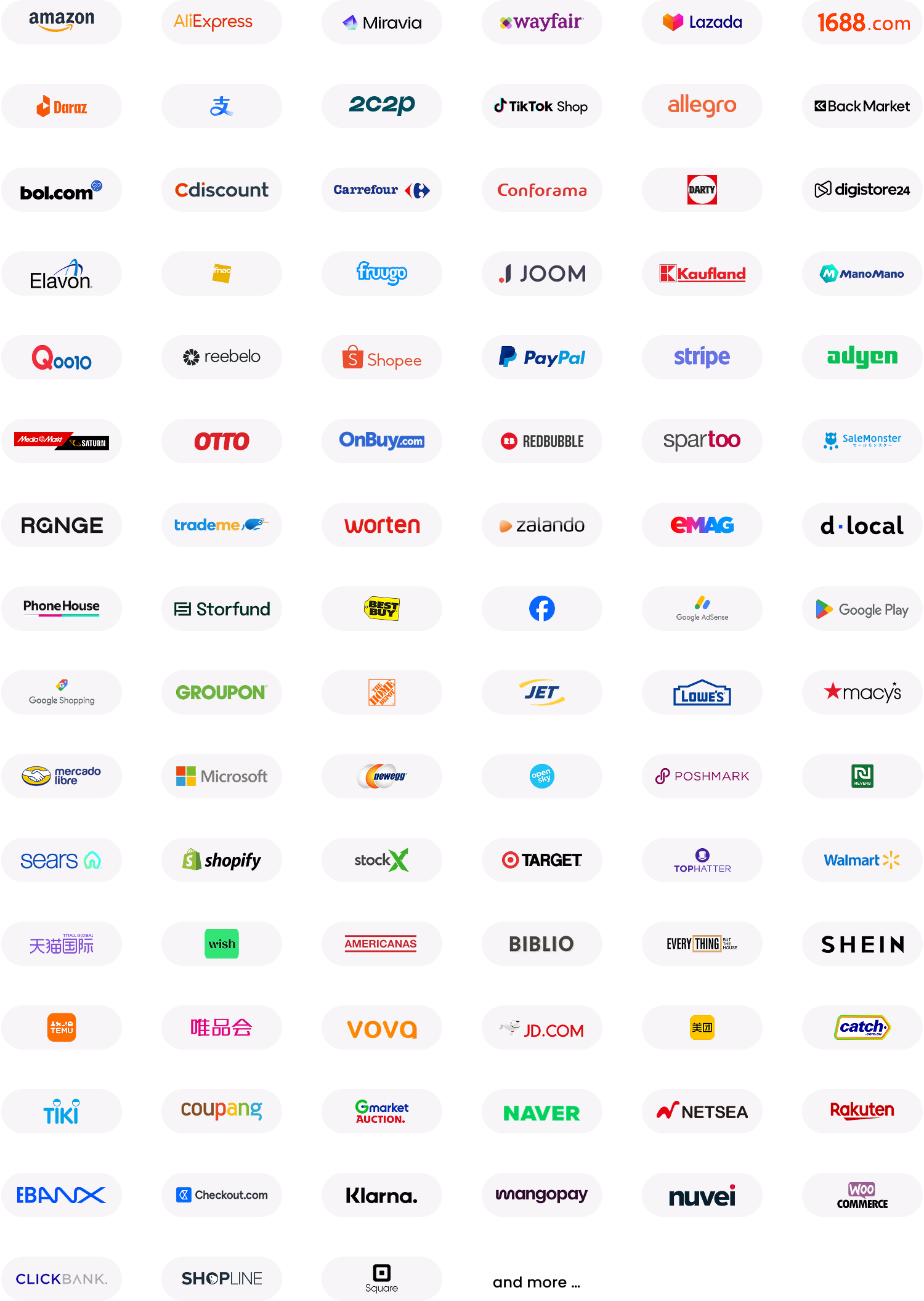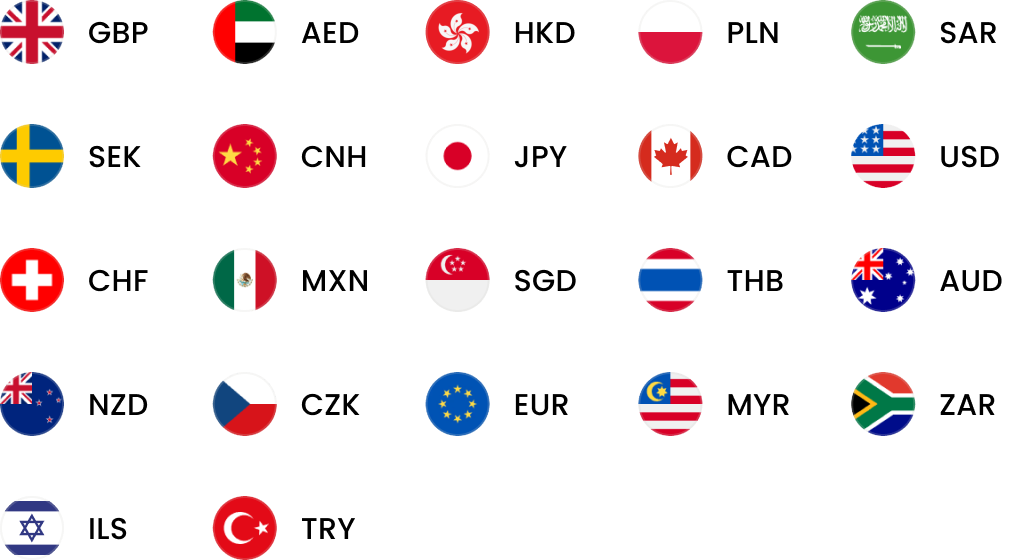Home > Help & Support > Margin Call Explained Business
Margin call explained
Forward contracts — today’s great rates, tomorrow
If you want to secure a rate but aren’t yet ready to make a transfer, you can choose a forward contract to fix a rate today for a specified date in the future. The great thing about a forward contract is that you know now exactly how much you’ll get when you’re ready to transfer. It helps you plan ahead, and protects you should rates move against you later.
However, a forward contract could work against you if rates move in your favour after you have secured a rate. We strongly recommend that you chat through your options with one of our dedicated account managers before choosing what’s best for you.
Place a deposit to reserve a great rate
If you decide that a forward contract is the best choice for you, we’ll ask you to pay an initial deposit so that we can ‘hold’ this rate for you. The size of the margin call is a request for additional funds should your forward contract deposit decrease in value below a certain point. Place a deposit to reserve a great rate. The deposit will depend on the currency you want and when you want it and will be taken off the balance when you settle the contract.
We may ask you to top-up your initial deposit if the exchange rate moves significantly after you’ve guaranteed your rate. This is called a margin call and this document will help you understand when it applies and why.
A margin call is a request for additional funds should your forward contract deposit decrease in value below a certain point.
How does this work in practice?
Let’s say that you intend to transfer £500,000 to Spain to pay a supplier for goods in three months’ time. You’ve been keeping an eye on the exchange rate and it has hit a level that you like – let’s say 1.15. The thing is, you don’t actually need to transfer the money yet. So you call us and ‘book’ that rate of 1.15 and, to secure it, we ask you for a 5% deposit of £25,000.
| Currency selling amount | Exchange rate on 1 Jan | Currency buying value | 5% deposit needed on 1 Jan | Balance due on 1 April |
|---|---|---|---|---|
| £500,000 | 1.15 | €575,000 | £25,000 | £25,000 |
So far so good. Now, say in the time between the point at which you had secured your rate, and your trade reaches maturity, the exchange rate moves significantly against the rate you have secured.
This creates a negative exposure on your account, and to cover this exposure we will ask you to ‘top up’ the deposits held on your account, this is called a ‘margin call’
Margin call: a deposit top-up
Imagine that Euros move from 1.15 when you agreed your rate on 1st January to 1.20175 just one month later.
This means that if you were unable to complete your transfer we would have to sell the €575,000 back at a rate of 1.20175 and get £478,468.90 in return – less than the £500,000 we bought them for.
The difference – in this case £21,531.10 – is a potential loss for us and a negative exposure on your account.
| Currency selling amount by us | Exchange rate on 1 Feb | Currency buying value on 1 Feb | Initial currency value on 1 Jan | Potential loss to us on 1 Feb |
|---|---|---|---|---|
| €570,000 | 1.20175 | £478,468.90 | £500,000 | -£21,531.10 |
To cover the exposure, we will use your initial deposit of £25,000. However, doing so will reduce the amount of deposit that we are then holding to guarantee your rate.
For example, if we take the potential loss of £21,531.10 from your initial deposit of £25,000, the actual deposit we then hold to secure your rate of 1.15 reduces to just £3,468.90 – that’s around 0.7% of the initial £500,000 transfer value.
If that happens we will ‘margin call’ you, meaning that we will ask you to top-up your deposit so that it covers 3% of your initial transfer value.
In this example, we’d ask you to top-up your deposit by £11,531.10 so that we then hold a £36,531.10 deposit to guarantee a rate of 1.15 on your £500,000 transfer.
You must make your margin call payment within one business day of our request. If you don’t, you may lose your rate and be liable for any loss to WorldFirst.
| Potential loss to us on 1 Feb | Initial 5% deposit made on 1 Jan | Deposit once potential shortfall is covered | Revised 3% deposit as of 1 Feb | Deposit top-up (margin call) required on 1 Feb |
|---|---|---|---|---|
| -£21,531.10 | £25,000 | £3,468.90 | £11,531.10 | £15,000 |
Life after a margin call: what are your options?
After a margin call, you will have paid us £36,531.10 in two payments: an initial deposit of £25,000 and a margin call of £11,531.10.
Rest assured that if you go ahead with your transfer as planned – and you have not booked any further contracts in the meantime – you are free to use both your initial deposit and your margin call to reduce the remaining balance you have to pay us to settle your trade.
As a rule, ‘margin calls’ are used to cover the exposures on the entire portfolio of your account as opposed to topping up the deposit on a specific trade. This means if you were to have multiple trades booked on your account, each with their own maturity date and exposure, you may not be able to use your ‘margin call’ to reduce the balance due on the first trade which matures. This is because we may still need to hold your ‘margin call’ on your account to offset the exposures of your other trades.
If the exchange rate continues to move against you after we have asked you for an initial deposit top-up, we may ask you for an extra deposit top-up (i.e. more than one ‘margin call’) just to cover the fluctuations in the market. Rest assured that this will not affect the overall amount you pay to settle your contract.
We know it might seem complicated but the total amount you pay for your currency will not change – see the below example of using your initial deposit and margin call to reduce the balance due on your trade.
In some cases, your margin call payment may be returned to you if the rate returns towards the rate you agreed initially, or your transfer is completed. Ask your Account Manager for more information on returning a margin call payment.
Please note we may ask for a higher percentage margin call or a greater deposit top-up if markets are volatile or if you are buying or selling a more volatile currencies, such as South African Rand.




